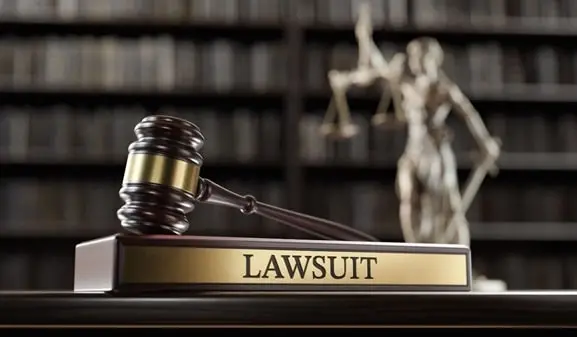In 2024, Dr. Brown’s baby bottles, a widely trusted brand among parents, became the subject of a major class action lawsuit. This lawsuit, along with similar actions against other baby bottle manufacturers like Philips Avent, alleges that the companies misled consumers by marketing their bottles as safe and free of harmful chemicals. Specifically, the plaintiffs claim that while the bottles are marketed as “BPA-free,” they can still release harmful microplastics when heated, posing potential health risks to infants and young children.
Allegations in Dr. Brown’s Baby Bottles Lawsuit
At the center of the lawsuit is the claim that Dr. Brown’s bottles, which are made from polypropylene plastic, can leach microplastics into the contents when subjected to heat—such as during bottle warming or sterilization. The lawsuit, filed in June 2024, argues that Handi-Craft Company, the manufacturer of Dr. Brown’s, failed to adequately inform parents about the risks associated with heating these plastic bottles.
The plaintiffs assert that heating the bottles releases tiny particles of plastic into the baby’s formula or breast milk, which infants then ingest. Research on microplastics has indicated that these tiny particles can have long-term health effects, potentially damaging infants’ digestive systems, immune responses, and even their reproductive development.
Misleading Advertising: The “BPA-Free” Label
A significant point of contention in the lawsuit is the use of the “BPA-free” label. Bisphenol A (BPA) is a chemical historically used in plastics, which has been linked to a range of health issues when leached into food or drink, particularly for infants. In response to public concern, many manufacturers, including Dr. Brown’s, began marketing their bottles as “BPA-free,” promoting them as safer alternatives for young children.
However, the lawsuit argues that this label is misleading. While the bottles may be free of BPA, they are still made from polypropylene plastic, which can release microplastics when heated. The plaintiffs contend that the “BPA-free” label gives parents a false sense of security, leading them to believe that the bottles are entirely free of harmful substances.
Health Concerns and Scientific Research
The lawsuit highlights the growing concern over microplastics in consumer products. Research has shown that microplastics—particles smaller than 5 millimeters—can have detrimental effects on health. In studies involving animals, exposure to microplastics has been linked to metabolic disorders, immune system disruption, and reproductive toxicity.
Although research on the impact of microplastics on human health, especially in infants, is still emerging, the potential risks have led to increasing scrutiny of plastic products used for food and drink. Infants, due to their developing bodies, are particularly vulnerable to potential toxic effects. The lawsuit argues that the lack of transparency from manufacturers about these risks is a severe breach of consumer trust.
Legal Proceedings and Objectives
The class action lawsuit against Handi-Craft Company, filed in the U.S. District Court for the Northern District of California, seeks several key outcomes. The plaintiffs are requesting financial compensation for affected consumers, an injunction to stop the sale of Dr. Brown’s plastic bottles, and changes to the company’s marketing practices to accurately reflect the risks associated with heating the products.
As part of the lawsuit, plaintiffs are also demanding that the company provide clearer warnings on product packaging to inform parents about the potential dangers of microplastic exposure.
Industry-Wide Implications
Dr. Brown’s is not the only company facing these allegations. Similar lawsuits have been filed against other major baby bottle manufacturers, including Philips Avent, Tommee Tippee, and Nuk. All these companies are accused of misleading consumers with claims that their products are BPA-free, while still using plastics that may release harmful substances under certain conditions.
The outcome of these lawsuits could set a significant precedent for the baby products industry, pushing manufacturers to improve transparency and safety in their product designs. It may also lead to stricter regulations and new industry standards around the materials used in baby bottles and sippy cups.
Conclusion
The lawsuit against Dr. Brown’s baby bottles reflects growing concerns over the safety of plastic products, particularly those used by infants and young children. While the bottles may be free of BPA, the alleged risks associated with microplastics are at the forefront of this legal challenge. As the case progresses, it could have wide-reaching consequences for both manufacturers and consumers, influencing the way baby products are marketed and regulated in the future.
For now, parents are encouraged to stay informed about the materials in the products they use and consider alternatives, such as glass bottles, that may pose fewer risks. This case also serves as a reminder of the importance of transparency and accountability in the manufacturing of products designed for vulnerable populations like infants.


